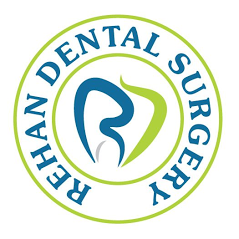Scaling and Root Planing at Rehan Dental Surgery also known as conventional periodontal therapy is non-surgical periodontal therapy, or deep cleaning. Scaling and root planning is a procedure involving removal of dental plaque and calculus and then smoothing, or planning, of the surfaces of the roots, removing cementum or dentine that is impregnated with calculus, toxins, or microorganisms.
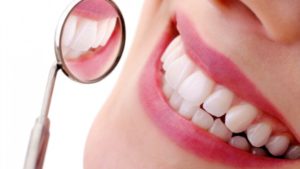

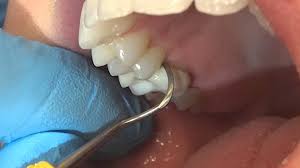
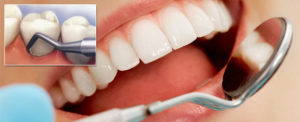
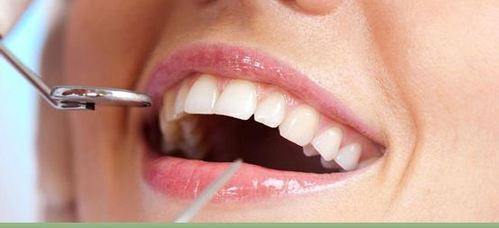
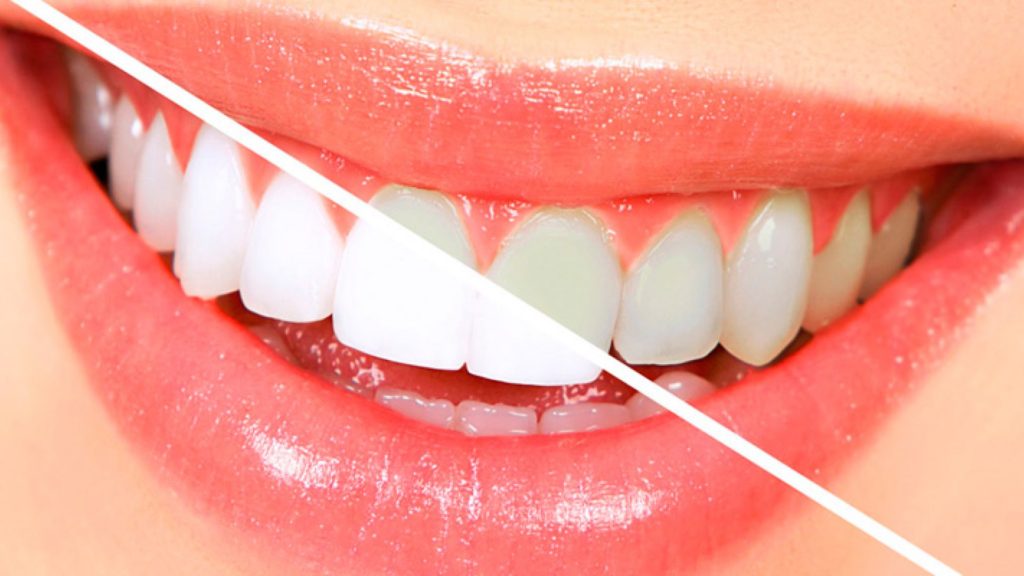
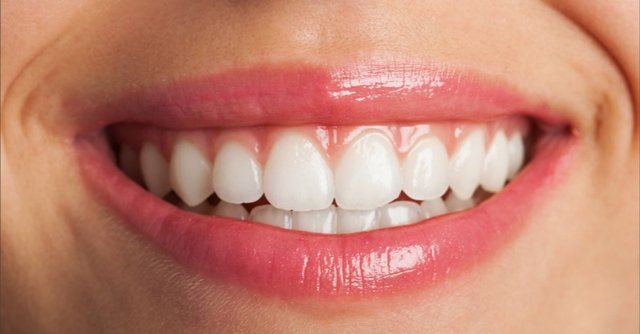
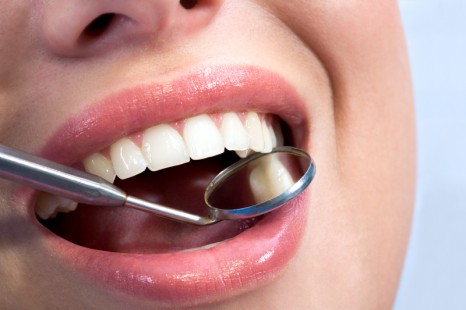

Scaling and Root Planing at Rehan Dental Surgery
Plaque is a soft yellow-grayish substance that adheres to the tooth surfaces including removable and fixed restorations. It is an organized biofilm that is primarily composed of bacteria in a matrix of glycoproteins and extracellular olysaccharides.
This matrix makes it impossible to remove the plaque by rinsing or using sprays. Material alba is similar to plaque but it lacks the organized structure of plaque and hence easily displaced with rinses and sprays.
When is scaling and root planing recommended?
Scaling of teeth and gum line is done to remove plaque and tartar and the polishing of the teeth to remove stains.
However if you are experiencing symptoms of gum disease then scaling and root planning may be required. Scaling and root planning is used to treat periodontal diseases.
When Bacterial plaque and tartar begin to collect around and under the gums periodontal disease can develop due to the tissues supporting your teeth becoming affected.
If you begin to show more advanced signs of gum disease then scaling and root planing is recommended as the first procedure to treat the condition.
Gum disease is painless but it has many symptoms that one should be aware of which include swollen gums, receding gums, persistent bad breath, loose teeth and visible pus surrounding teeth and gums.
Treatment Procedure of Scaling and Root Planing
Treatment of periodontitis may include several steps, the first of which often requires the removal of the local causative factors in order to create a biologically compatible environment between the tooth and the surrounding periodontal tissues, the gums and underlying bone. Left untreated, chronic inflammation of the gums and supporting tissue can raise a person’s risk of heart disease.
Before Procedure
Prior to beginning these procedures, the patient is generally numbed in the area intended for instrumentation using local anesthesia. Because of the deeper nature of periodontal scaling and root planing, either one half or one quarter of the mouth is generally cleaned during one appointment.
This allows the patient to be entirely numbed in the necessary area during treatment.It is usually not recommended to have the entire mouth scaled at one appointment because of the potential inconveniences and complications of numbing the entire mouth- i.e., inability to eat or drink, likelihood of self injury by biting, etc.
Generally, the first step is the removal of dental plaque, the microbial biofilm, from the tooth, a procedure called scaling and Root planing involves smoothing the tooth’s root.
Scaling and Root planing
These procedures may be referred to as scaling and root planing, periodontal cleaning, or deep cleaning. These names all refer to the same procedure. The term “deep cleaning” originates from the fact that pockets in patients with periodontal disease are literally deeper than those found in individuals with healthy periodontia. Such scaling and root planing may be performed using a number of dental tools, including ultrasonic instruments and hand instruments, such as periodontal scalers and curettes.
In cases of severe periodontitis, scaling and root planing may be considered the initial therapy prior to future surgical needs.
Additional procedures such as bone grafting, tissue grafting, and/or gingival flap surgery done by a periodontist (a dentist who specializes in periodontal treatment) may be necessary for severe cases or for patients with refractory (recurrent) periodontitis.
What is Dental Plaque?
Dental plaque is a soft layer of proteins and bacteria (called a biofilm) that accumulate on the surface of teeth in between brushing and flossing. Because teeth do not shed on their own, the body cannot naturally remove plaque on its own, and the bacterial community on the teeth can be the most diverse community found on the body!
If you think about it, your skin sheds millions of cells a day, giving germs a one-way ticket off the body, but on your teeth? No such luck.
Saliva isn’t always enough to sweep the tooth gunk away. If not removed properly, dental plaque begins to harden within 48 hours, forming the hard substance tartar (also called calculus) in 7 to 10 days. This is the stuff your dental expert at Rehan Dental Surgery has to chip away at, and it is significantly harder to remove.
Causes of Dental Plaque
Everyone produces plaque, but not all plaque causes gum disease. Bacteria may reproduce on the surface of the teeth, increasing in density, compounding the development of plaque (sounds gross, huh?).
The mouth provides a favorable environment for the bacteria to thrive. The bacteria ferment the sugar in food, converting the sugars to acids that cause demineralization (decay) of the tooth. The bacteria that make up the plaque are diverse, and some are more prone to causing gum disease than others.
After the Procedure
At a follow-up visit, our dentists will want to check on the healing of your gums and the status of your pockets. The good news is that in most cases, red or swollen gum tissue becomes firm and pink again, bleeding is reduced or eliminated and pockets get smaller.
If your gum tissue has responded well and remains stable, you may not need any further treatment.
More advanced periodontal conditions, on the other hand, may require surgical interventions by a periodontist after root planing and scaling to stop the progression of bone loss. However, your scaling and root planing treatment often lessens the amount of surgery you need.
Periodontal Maintenance
Whether it’s surgical or nonsurgical, your dentist may want to put you on a schedule of maintenance visits. Dentists at Rehan Dental Surgery recommend their patients to pay a visit after 4-6 months.
These maintenance visits consist of routine cleanings and the careful examination of your gum tissue, as well as measurements of your pocket depths and to measure gum recession.
Oral Care for Prevention
Periodontal disease can sneak up on you without warning, and we urge you to follow through with regular dental checkups and periodontal examinations.
A good home care routine is key in preventing gum disease from starting and keeping your mouth healthy after any type of oral treatment. To maintain good oral health you should:
- Brush at least twice a day with a fluoride toothpaste.
- Replace your toothbrush when the bristles are worn.
- Floss daily to clean between your teeth and bridge work, crowns or implants.
- Use an antimicrobial mouthwash
- Don’t smoke! Or if you are a smoker, please try to stop smoking to make your body healthier.
Whether you call it deep cleaning, or root planing and scaling teeth, this conservative procedure plays a critical role in treating periodontal disease.
Follow Us

Telephone No. (021)34924052
